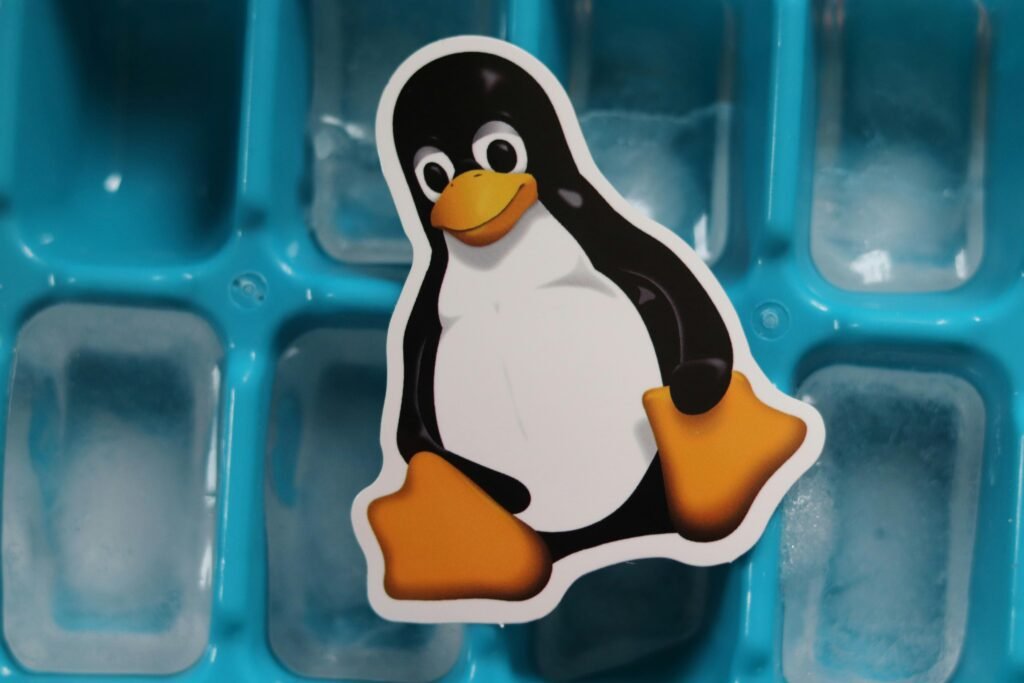
The question of Linux’s “death” has been a recurring theme for decades. In 2024, while it’s not the ubiquitous operating system some envisioned, Linux remains very much alive and kicking. Here’s a breakdown of its current state and future prospects:
The Desktop Dilemma: A Niche Player, Not a Mainstream Contender
- Market Share Struggles: Despite passionate advocates, Linux on the desktop continues to hold a relatively small market share, hovering around 4-5% in 2024. While there have been improvements in user-friendliness, Windows and macOS still dominate the desktop landscape due to factors like established software ecosystems and hardware compatibility.
- Distribution Diversity: A Strength and a Weakness: The vast array of Linux distributions caters to various user needs, offering a level of customization unmatched by other operating systems. However, this variety can also be a barrier for entry for new users, overwhelmed by the sheer number of options.
Linux’s Realm of Triumph: Powering the Digital Age
- Server Domination: This is where Linux truly shines. It powers a staggering majority of web servers, cloud infrastructure, and supercomputers. Its stability, security, and open-source nature make it the go-to choice for back-end operations.
- Mobile Growth: Android, based on the Linux kernel, is the dominant mobile operating system worldwide. While not technically pure Linux, it demonstrates the core system’s adaptability and power in the mobile realm.
- The Internet of Things (IoT): Linux is increasingly embedded in a vast array of connected devices, ranging from smart TVs to wearables. Its lightweight nature and efficient resource utilization make it ideal for these often resource-constrained devices.
The Future of Linux: Embracing Change and Collaboration
- Focus on Usability: Continued efforts to improve user interfaces and streamline the installation process are crucial to attract new desktop users.
- Bridging the App Gap: Encouraging developers to port more popular applications to Linux will further enhance its appeal to everyday users who rely on specific software.
- Collaboration is Key: Greater collaboration between different Linux distributions could lead to a more unified user experience and a stronger collective voice in the market.
While Linux might not be the desktop king, it’s far from dead. Its dominance in the server space and growing presence in mobile and IoT demonstrate its adaptability and continued relevance. The future of Linux hinges on its ability to address user-friendliness concerns, foster broader app compatibility, and leverage the power of collaboration. If it can overcome these challenges, Linux will remain a vital force shaping the digital landscape for years to come. So, while pronouncements of its death might be premature, Linux certainly needs to adapt and evolve to thrive in a competitive and ever-changing technological environment.


